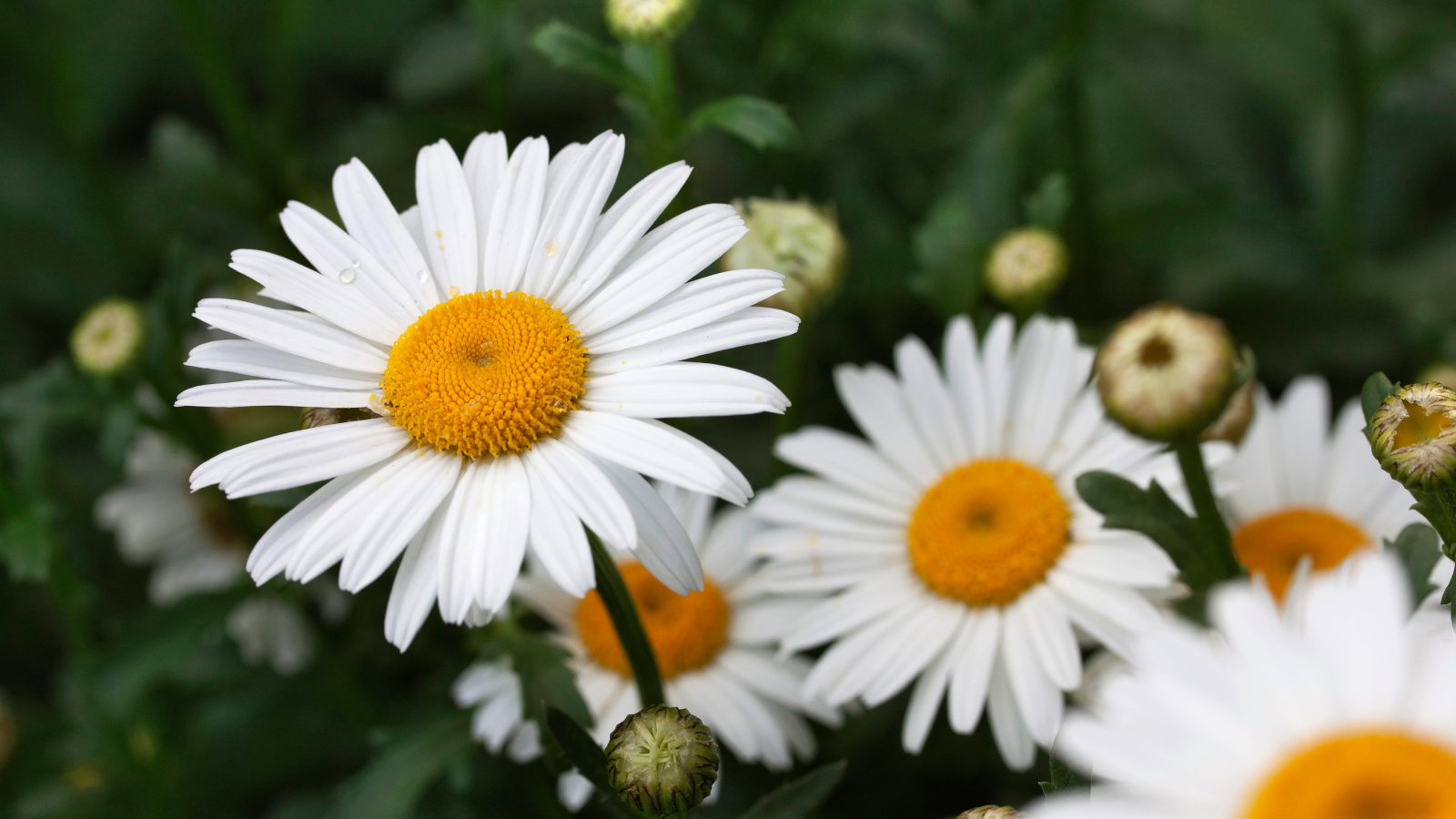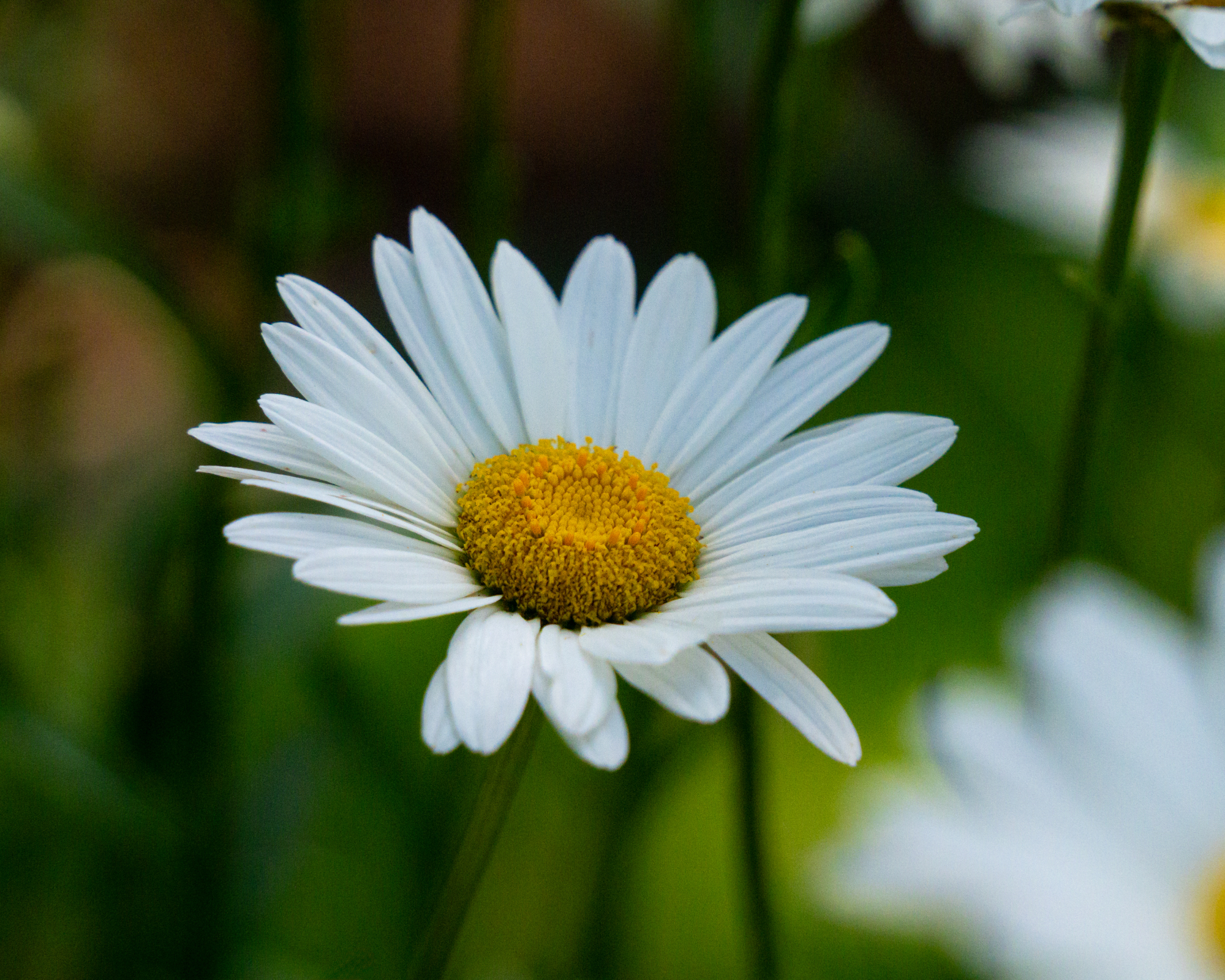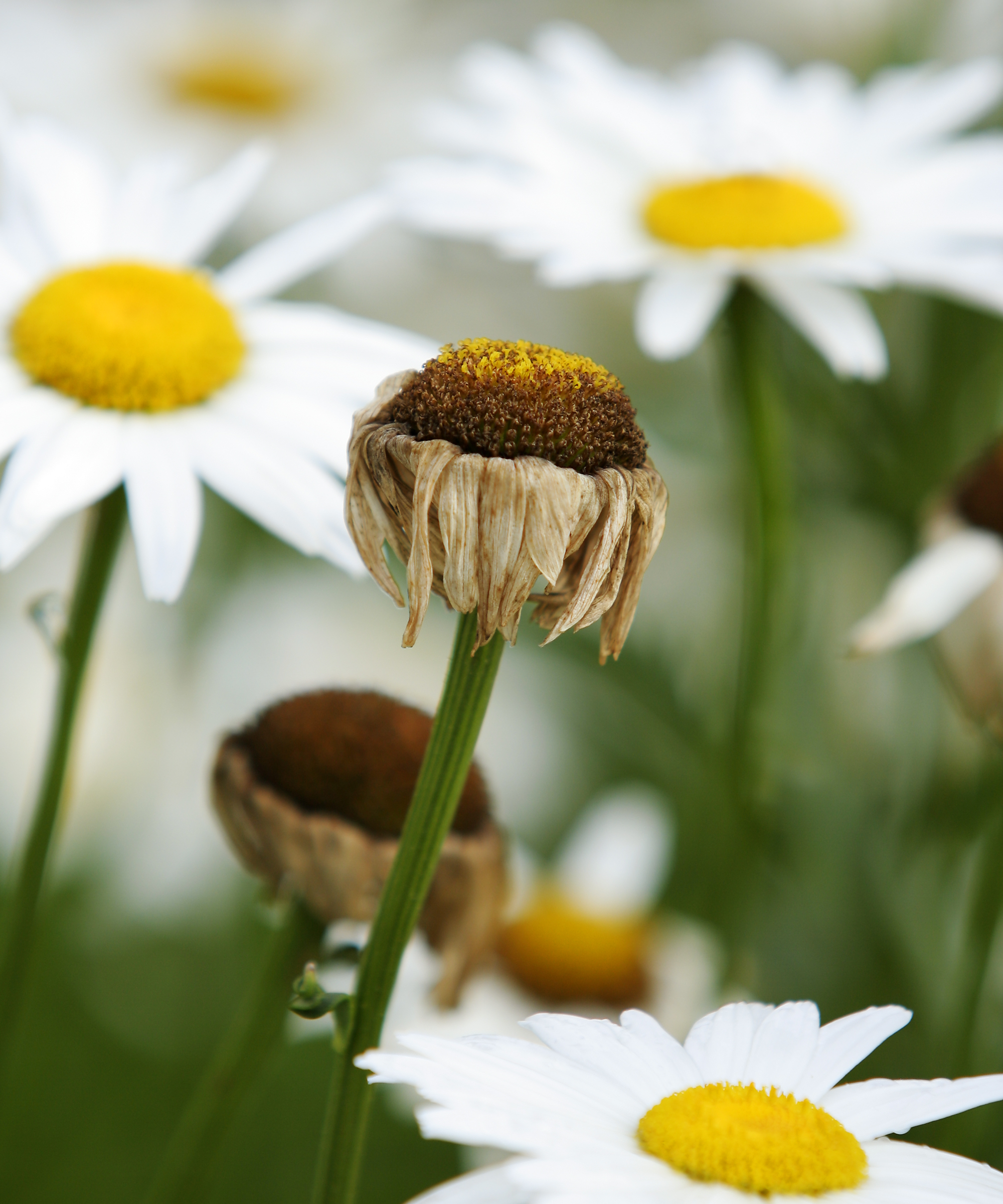
Shasta daisies are short lived but prolific, cheerful bloomers. What do you do after the plant has bloomed? Do you deadhead daisies? If you want to extend their bloom time, yes, you need to know how to deadhead Shasta daisies.
Growing Shasta daisies makes for an attractive addition to the garden while also attracting butterflies and other pollinating insects. They are drought tolerant, deer and rabbit resistant, and have few insect or disease issues.
Shasta daisies (Leucanthemum x superbum) are your stereotypical daisy made up of large white petals radiating out from a sunny, yellow center. This perennial is a member of the Aster family which is composed of many types of flowers. Shasta daisies originated as a hybrid in 1890, produced by Luther Burbank, an American horticulturist and was named after Mt. Shasta for the daisies snowy white petals.
Today, there are many varieties with single, double, quilled and fringed forms along with varying heights and even some with yellow petals.
Shasta daisies self-sow easily although the resulting offspring don’t always resemble the parent plant since it is a hybrid. A better option is to divide these short lived beauties in the early spring for years of cheerful, vigorous blooms.
Benefits Of Deadheading Daisies

Should I deadhead Shasta daisies? Yes, you should deadhead faded flowers on your Shasta daisy plant. There are two reasons that makes deadheading these daisies a good practice.
First, as mentioned, Shasta daisies easily self-sow; perhaps too easily. If you want to curtail the myriad of resulting Shasta seedlings, deadheading is a must. If left unchecked, you will end up with a crowded garden with less than robust plants and a higher incidence of disease.
Sign up for the Gardening Know How newsletter today and receive a free copy of our e-book "How to Grow Delicious Tomatoes".
Deadheading will keep the seedlings at bay, allowing for more aeration and less competition for nutrients or water.
Secondly, deadheading will also allow the plant a chance at a second bloom. Flowerheads should begin to reappear about 20 days after deadheading. Plus it will tidy up the garden bed, readying the plant for a healthy start the successive year.
When To Deadhead Daisies

Deadhead Shasta daisies after the blooms begin to fade and brown. This will be in the summer after the first bloom and then again (if you remove the spent blooms after the first bloom) in the fall.
How To Deadhead Daisies
After the Shasta flowers begin to fade and brown in the summer, it’s time to deadhead. Cut the spent blooms with pruning shears ( I love the Garden Guru 2-in-1 shears in the Gardening Know How Shop). I usually do this in more than one go, removing only the spent blossoms and then a day or two later, getting another round of spent blossoms. Cut each individual stem back at the base of the plant.
Cut each spent flower stem just above a new bud or pair of leaves to encourage reblooming. If you don’t see a new bud or growing point of two leaves, cut the stem at the “Y” point of two branches meeting or at the base of the plant.
It only takes a few days to deadhead the entire plant and then in about 20 days, you will get another round of buds coming up.
In the fall, wait until the first frost and then cut the plant back to a few inches above the soil. This will ready the plant for new growth come spring and tidy up the bedding area. Dividing Shasta daisies in the fall will also help rejuvenate the plants and allow you to plant them in a more controlled manner than just letting the seeds spread.
Frequently Asked Questions
How far down do I deadhead daisies?
Deadhead daisies either at the growing point, an area with a new bud visible or two leaves meeting or where you see two branches meeting up to form a “Y”. While tempting, don’t just cut the plant down at the same level. If you do, you’re cutting off leaves that are photosynthesizing and giving the plant energy either for a second bloom or for the successive season.
Do Shasta daisies rebloom if you deadhead them?
Yes, Shasta daisies will rebloom if you deadhead them. Cut the spent blooms after the first flowering in the summer and by late summer, you should have another crop of gorgeous snowy white flowers.
This article features products available from third-party vendors in the Gardening Know How Shop.

Amy Grant has been gardening for 30 years and writing for 15. A professional chef and caterer, Amy's area of expertise is culinary gardening.
